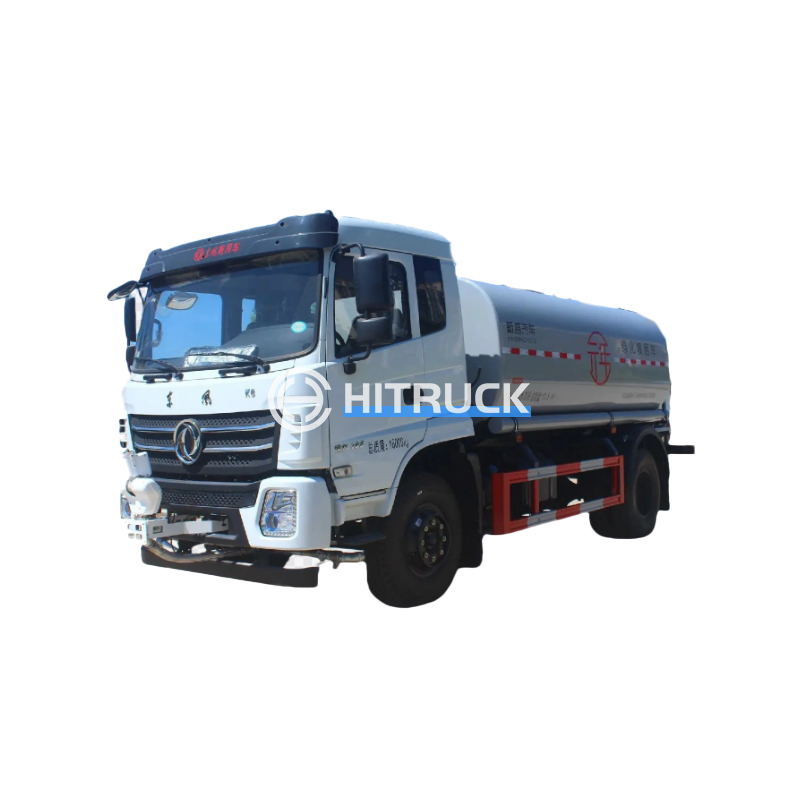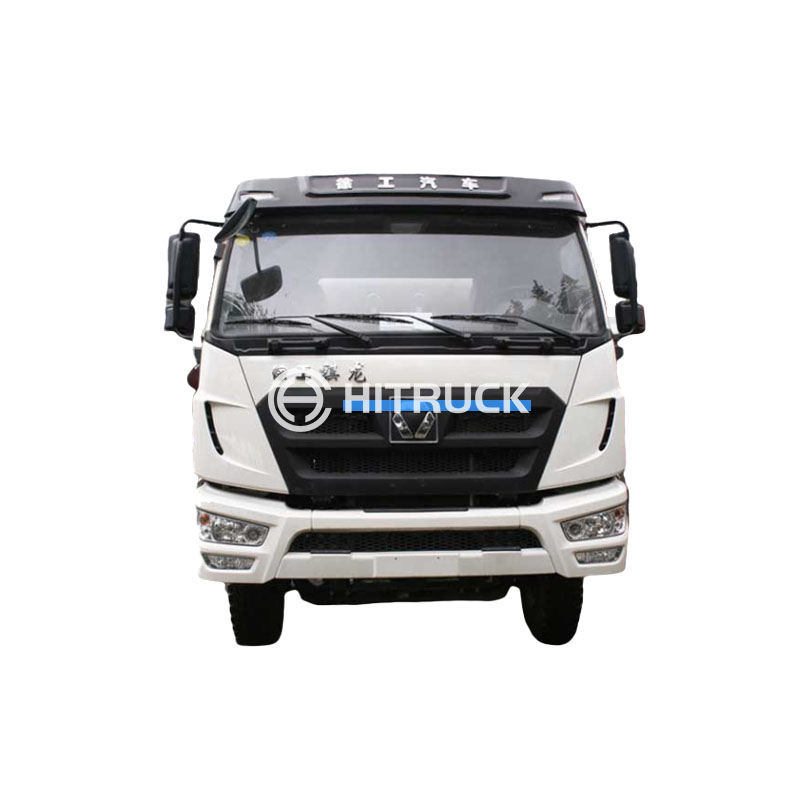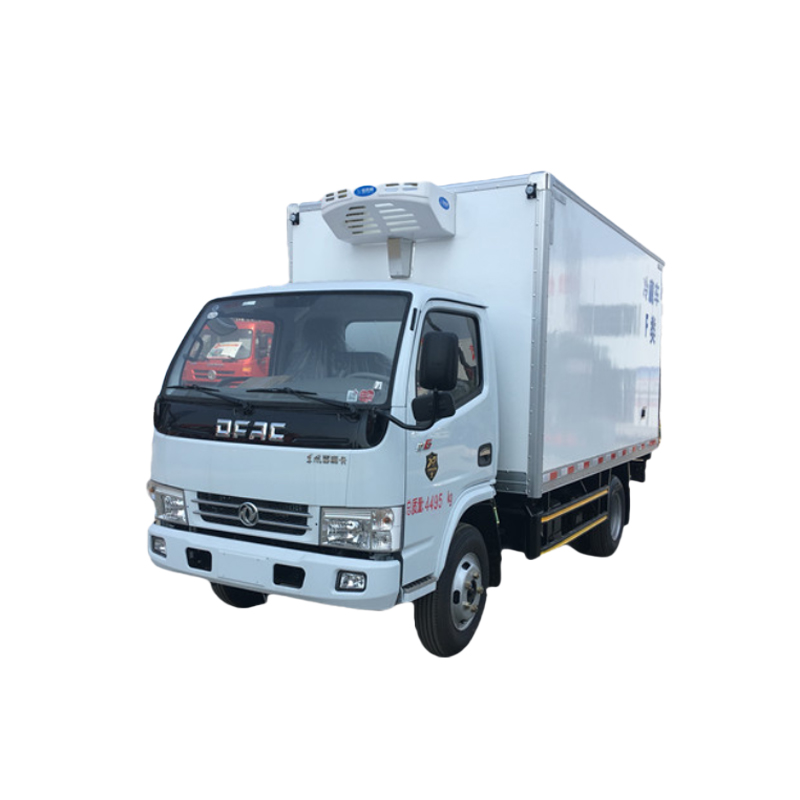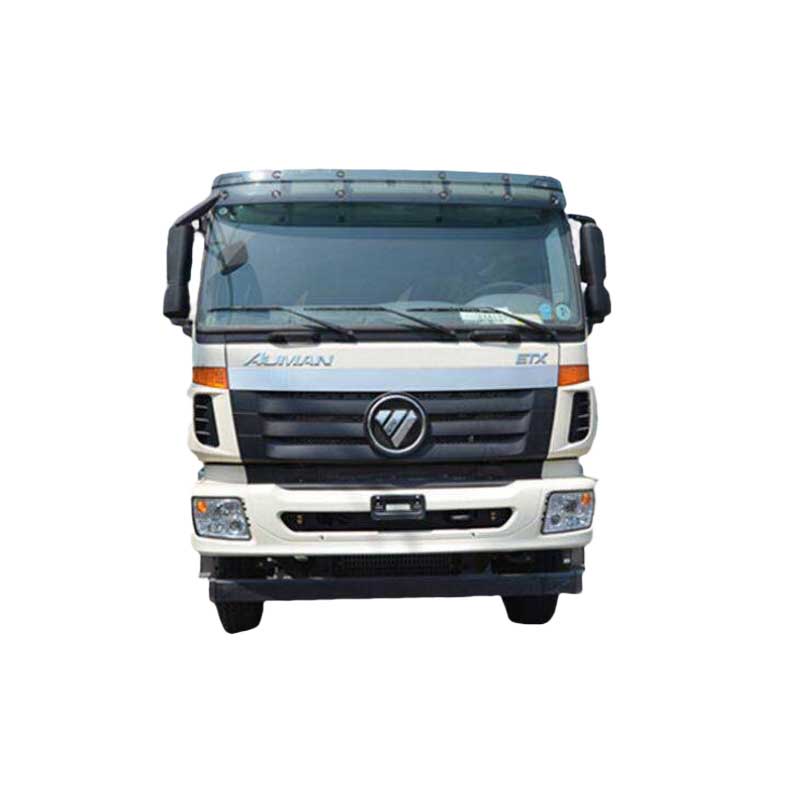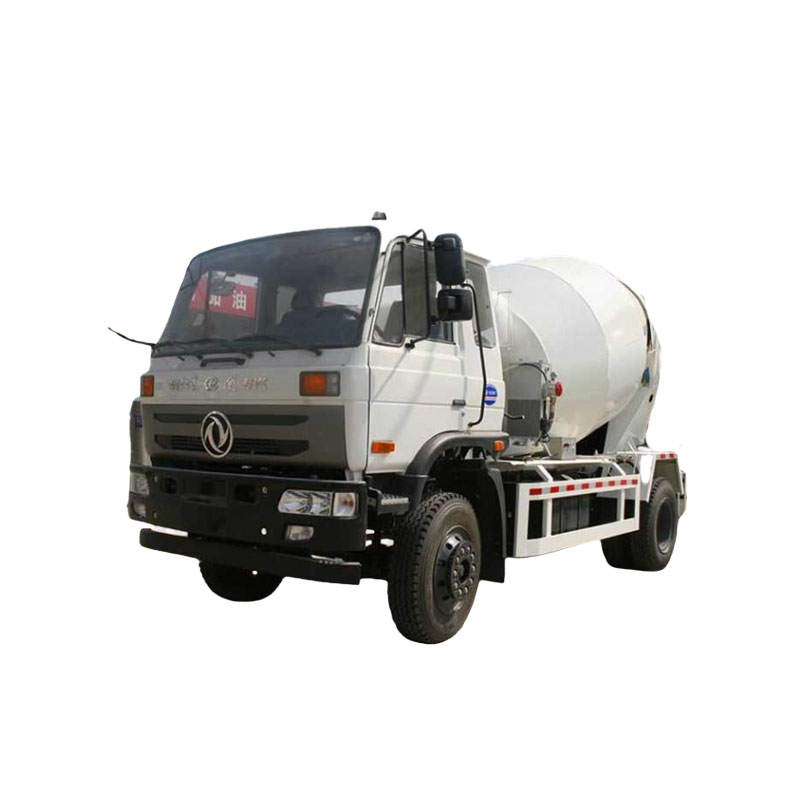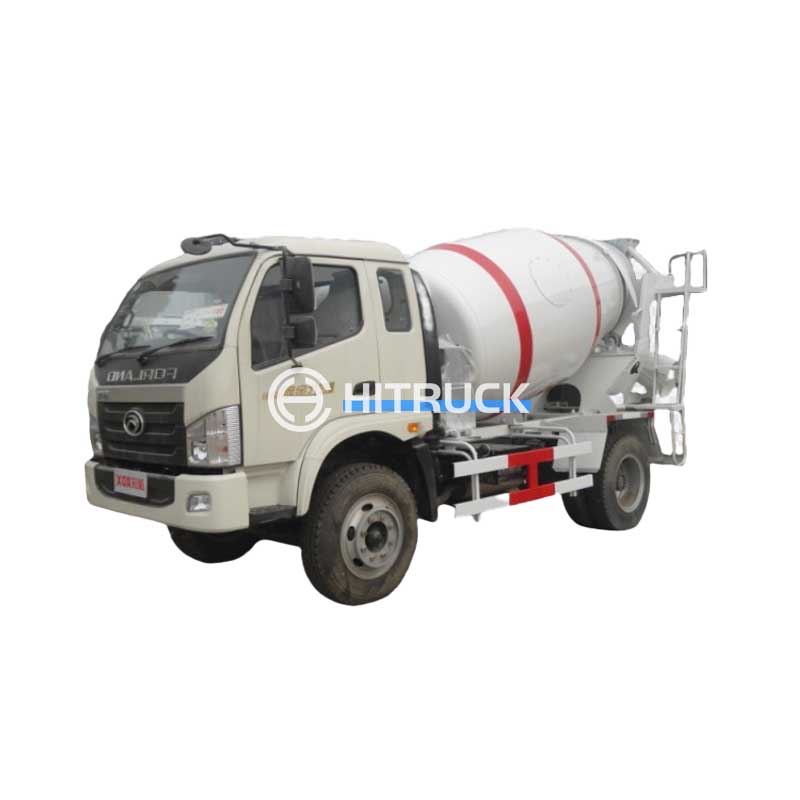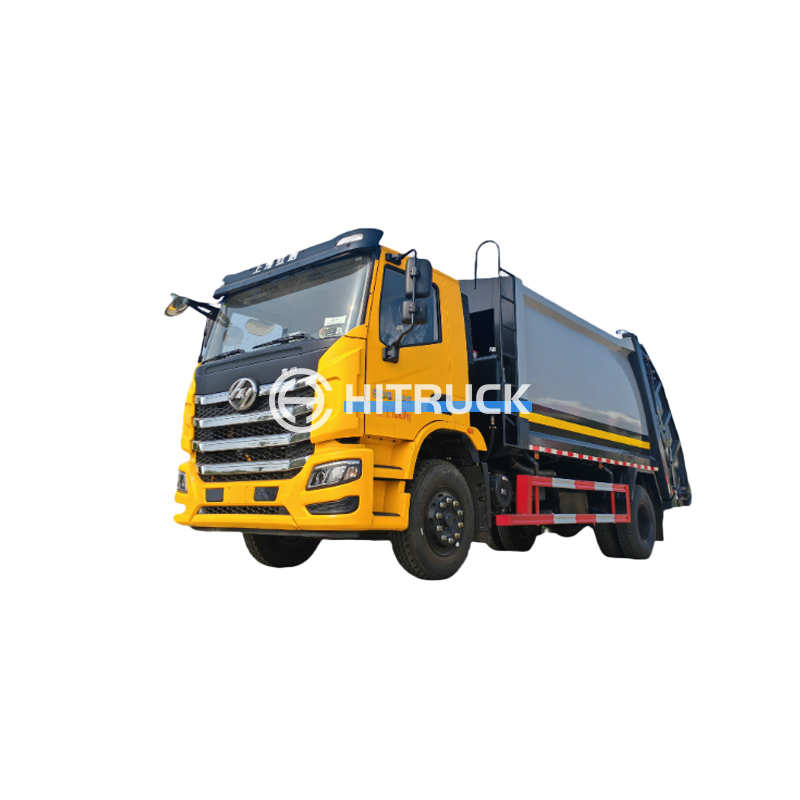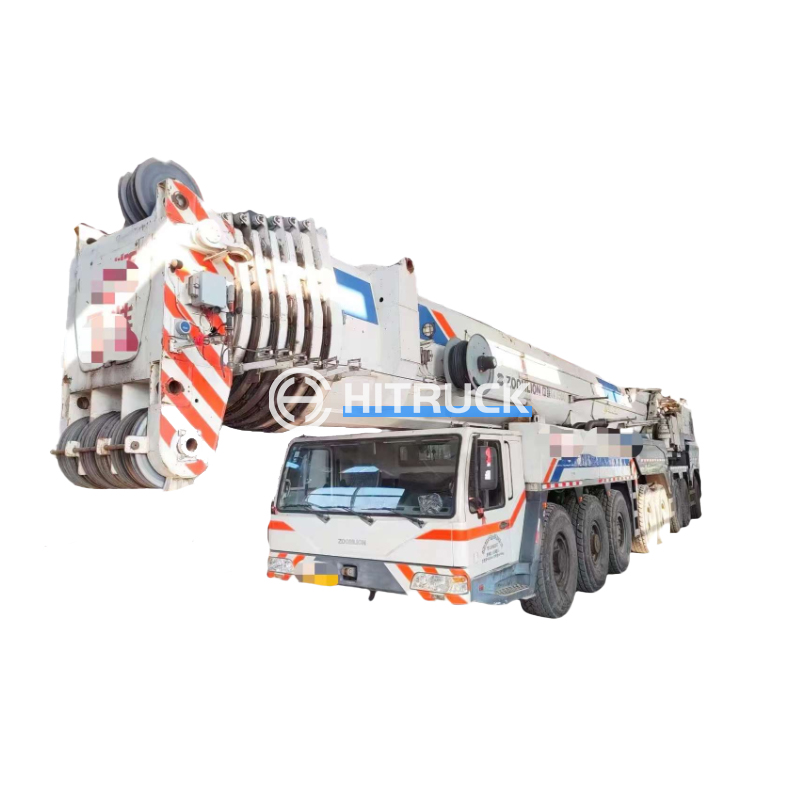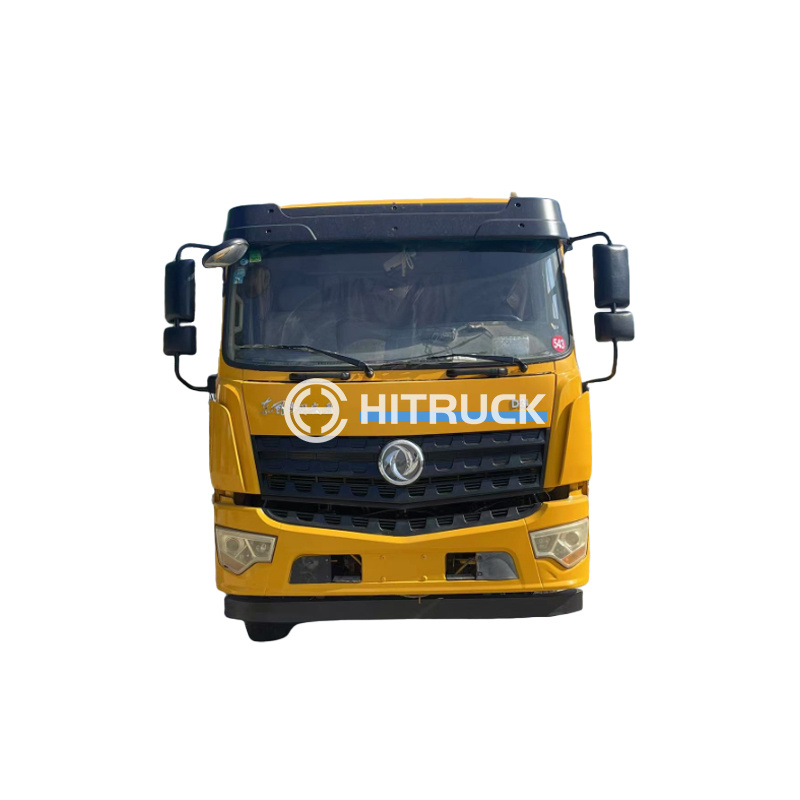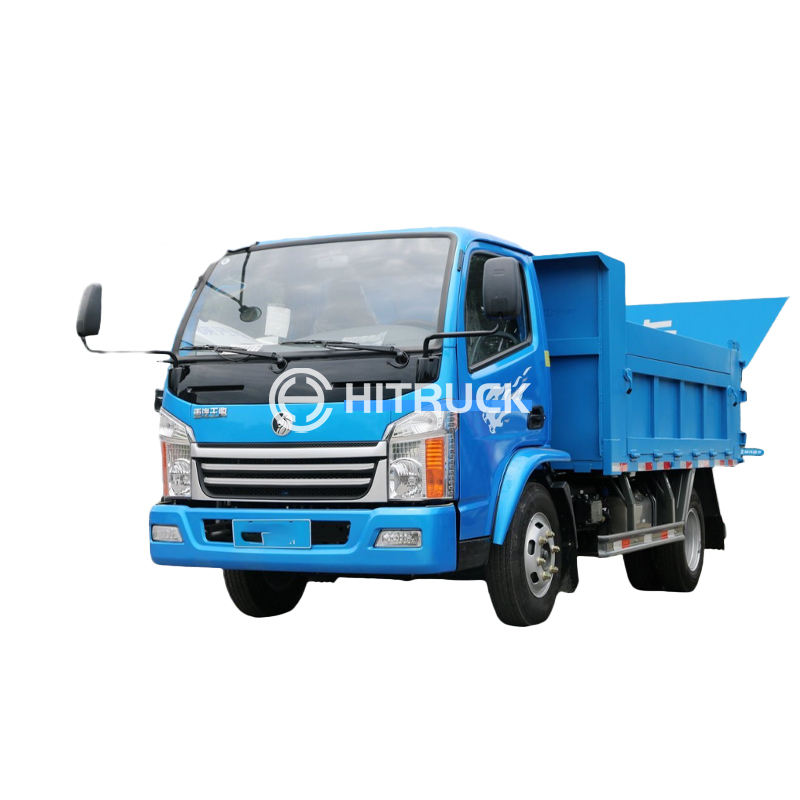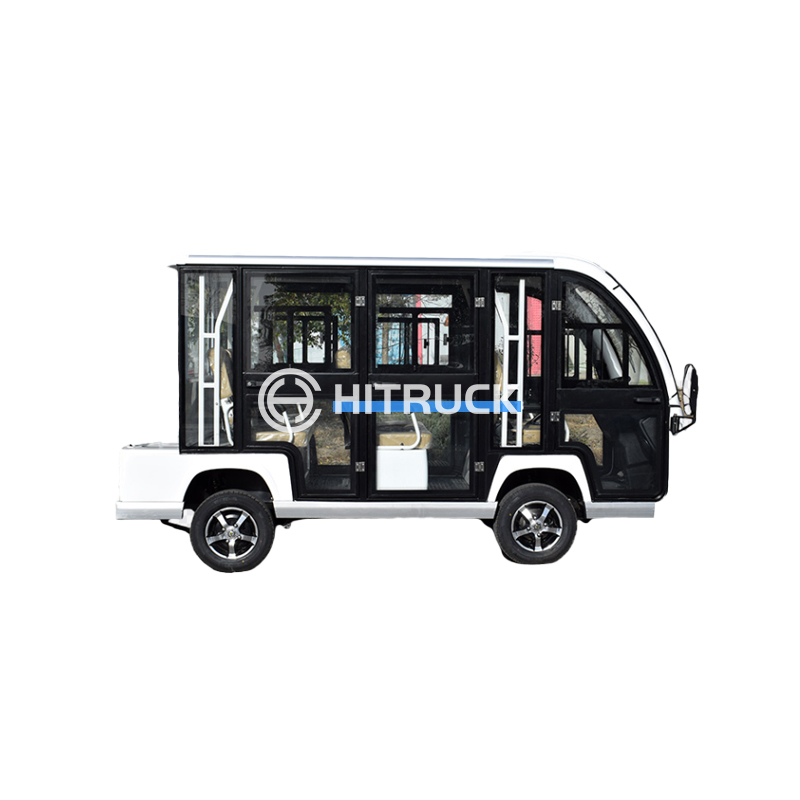This guide provides a comprehensive overview of portable cranes, helping you understand the different types, their capabilities, and how to select the best one for your specific lifting requirements. We'll cover key considerations such as weight capacity, reach, maneuverability, and safety features. Learn how to choose the right portable crane for your next project.
The market offers a diverse range of portable cranes, each designed with specific tasks in mind. From small, manually operated models ideal for light-duty applications to larger, more powerful hydraulic cranes capable of lifting heavier loads, the choice depends heavily on your project's needs. Consider factors such as the weight of the objects you need to lift, the height you need to reach, and the space available for operation. Incorrect selection can lead to safety risks and project delays.
For lighter lifting tasks, manual hand portable cranes offer a simple and cost-effective solution. These cranes are typically used for moving materials within a small workspace and don't require any external power source. They are easy to operate and transport, making them ideal for DIY projects or small-scale applications. However, their lifting capacity is limited, and they may not be suitable for heavy or awkward loads.
Electric chain hoists are another popular type of portable crane. They offer a greater lifting capacity than manual hand cranes and are easier to operate, particularly when lifting heavy objects. The electric motor reduces physical strain on the operator, improving efficiency and safety. Many models are equipped with features like overload protection and variable speed control for enhanced precision.
For heavier lifting tasks, hydraulic portable cranes provide the necessary power and reach. These cranes utilize hydraulic systems to lift and move heavy loads efficiently. They often feature telescopic booms that allow for greater reach and flexibility. However, they require a hydraulic power source and are typically more expensive than other types of portable cranes. Suizhou Haicang Automobile sales Co., LTD (https://www.hitruckmall.com/) offers a range of heavy equipment, possibly including options for hydraulic cranes. It's wise to explore various suppliers to compare specifications and pricing.
Selecting the appropriate portable crane involves careful consideration of several key factors:
| Factor | Description |
|---|---|
| Lifting Capacity | The maximum weight the crane can lift safely. Always select a crane with a capacity exceeding the heaviest load you anticipate lifting. |
| Reach | The horizontal distance the crane can reach from its base. Ensure the reach is sufficient to cover your working area. |
| Height | The maximum vertical height the crane can reach. |
| Maneuverability | How easily the crane can be moved and positioned. Consider the size of your workspace and the need for easy transport. |
| Safety Features | Look for features like overload protection, emergency stops, and stability indicators. Prioritize safety in all crane operations. |
Always prioritize safety when operating a portable crane. Proper training and adherence to safety regulations are crucial. Never exceed the crane's rated lifting capacity, and ensure the load is properly secured before lifting. Inspect the crane regularly for any signs of damage or wear and tear. Consult the manufacturer's instructions for detailed safety guidelines. Using a portable crane safely involves careful planning and execution. Understanding its limitations and adhering to safety protocols are essential for preventing accidents.
Remember to always consult with professionals for large-scale projects and for any lifting tasks that pose a significant safety risk.

